The content of the article
The beneficial properties of basil have been discovered by people for a long time. Back in ancient times, basil was used as vitamin seasoning for various dishes, and was also part of medicinal potions. More information about this plant and what is the difference between green and purple basil can be found in this article.
Description of species
Sometimes a different name is used next to this plant: fragrant, ordinary basil, and many others. The plant is a bush and is part of the family Yasnotkovye. You can meet both annual and perennial species. The plant during the growth of small-sized flowers appear pleasant pink or white.
Most often, the leaves have a long and oblong shape. On the edges of each leaflet you can find cloves. You can find a plant almost everywhere: India, China, Iran - this is just a small list of countries.
Differences between green and purple basil
Despite the many species of this plant, all can be combined into two large groups:
- Basil is green.
- The basil is purple.
Each group has its own differences, and several are discussed below. So, the difference between the two main types of basil is as follows:
- On the palate. Green basil has a mild taste and can be found in European dishes. Many desserts are prepared with the addition of this plant. Violet is distinguished by a rich spicy taste and is well suited for Caucasian and Asian cuisine, where it is precisely the spiciness that is preferred.
- In the aroma. It is logical that green basil has a delicate smell. The lemon variety, known for its pleasant aroma, and used due to this in a variety of refreshing drinks, stands out especially. Violet basil has a pungent odor, and it can be found almost immediately on the market with only the aroma emanating from it.
- In color. The leaves of green and purple basil have the corresponding color, and therefore it is not difficult to distinguish one variety from another.
Each species is amazing in its own way and each has useful and nutritious substances that have a favorable effect on the state of the body. No wonder basil is still used to create medicines.
The best varieties
All species have varieties that are rightfully recognized as the best, and both species of the described plant are no exception. Therefore, it is worth considering in more detail several good varieties.
For starters, attention can be paid to green basil. Among the most famous varieties include:
- Basilisk. It is considered a variety that can be grown both at home and in the suburban area. In height reaches a little over twenty meters. The cap of leaves is quite rich, the size of the leaves themselves is small. The first crop can be harvested after two months from the first shoots of the plant.
- Clove. It differs in that it grows tall (up to 60 cm), and has long green leaves. It is also grown in summer cottages or at home, has a rich smell and tastes like cloves. Often found in salads and meat dishes as a seasoning.
- Greek. A small nice bush, which reaches a height of only 15 cm. This plant sometimes decorates the interior and appreciate it for a pleasant sweetish smell. Suitable for decorating Italian dishes.
- Caramel It is named so because of its pleasant caramel-fruit taste. The first cut can be carried out after a month of emergence of seedlings.Among the features of the basil can be noted high productivity.
Also, do not ignore the varieties of purple basil. The following varieties can be noted here:
- Thai. This plant has smooth leaves of dark purple color. Basil itself has a bright spicy aroma, for which it is appreciated by representatives of Asian cuisine.
- Yerevan. During growth, the plant blooms and is covered with small flowers, which have a pleasant soft pink color.
- Opal. The variety is very popular and attracts many with its pronounced pepper smell. As for taste, in it you can find clove notes. Often used to add to sauces, salads, vinegars.
The use of basil in cosmetology and medicine
One way to use basil is to make essential oil out of it. The leaves of the plant contain a sufficiently large amount of this extract, and among the beneficial properties it can be noted bactericidal, that is, the substances contained in the basil are capable of combating harmful bacteria that are found in the human body.
Therefore, basil is appreciated both in cosmetology and in medicine. For example, due to its properties, it is possible to prevent respiratory diseases. Also, thanks to the basil, you can significantly strengthen the immune system and at the same time get rid of various infections that penetrate the body.
Thanks to rinsing the mouth with a solution with basil leaves, you can improve the condition of the oral cavity: get rid of bad breath, strengthen teeth and gums. The only thing to consider is that you should not chew the leaves. The fact is that they contain mercury compounds, and this can harm the teeth.
Storage
Storage of basil should be done correctly. Firstly, torn leaves should be protected from sunlight. For example, you can first put the crop in water and hold it in this way for two weeks. Another way is to cover the leaves with a bag and fix the structure with rubber bands.
If it is required to provide long-term storage, it is recommended to freeze basil. To begin with, the leaves will need to be washed, dried, and only then folded into the freezer, having prepared a container for them in advance.
Contraindications
Another disadvantage is the presence of mercury compounds in the leaves. Healthy people can take basil in food calmly, but eating this plant can be detrimental to people with diabetes or hypertension.
Most doctors advise not to add basil to food for preschool children, so as not to exert pressure on the body, provoking the occurrence of allergic reactions.
But, despite contraindications, basil still remains a useful and nutritious plant that can benefit the body and fill it with vitamins and other substances that positively affect the physical condition.
Video: useful properties of basil

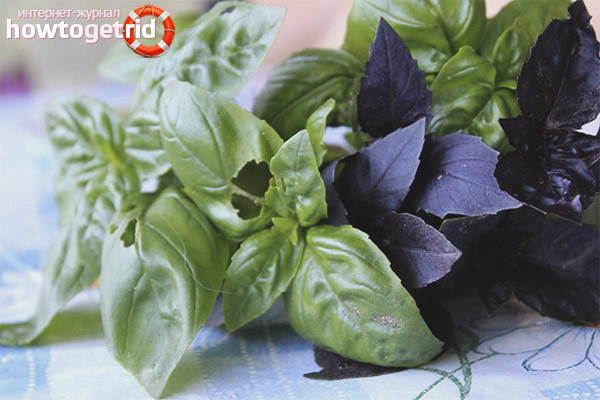
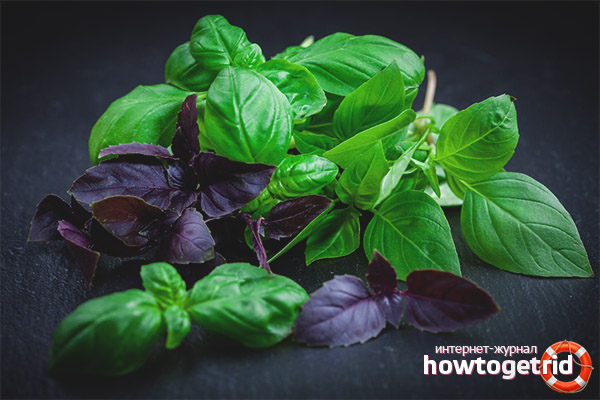


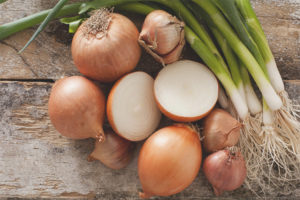
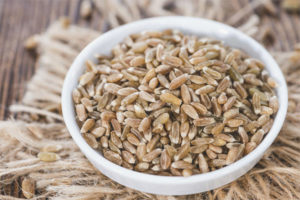
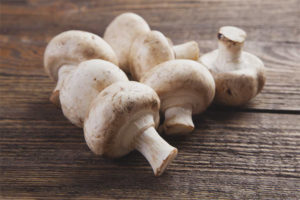
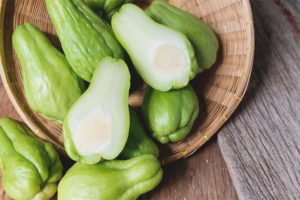
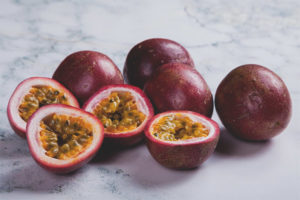
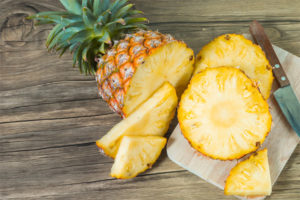
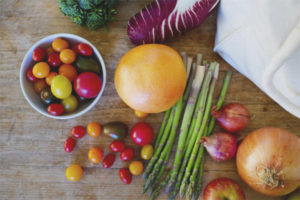
Submit